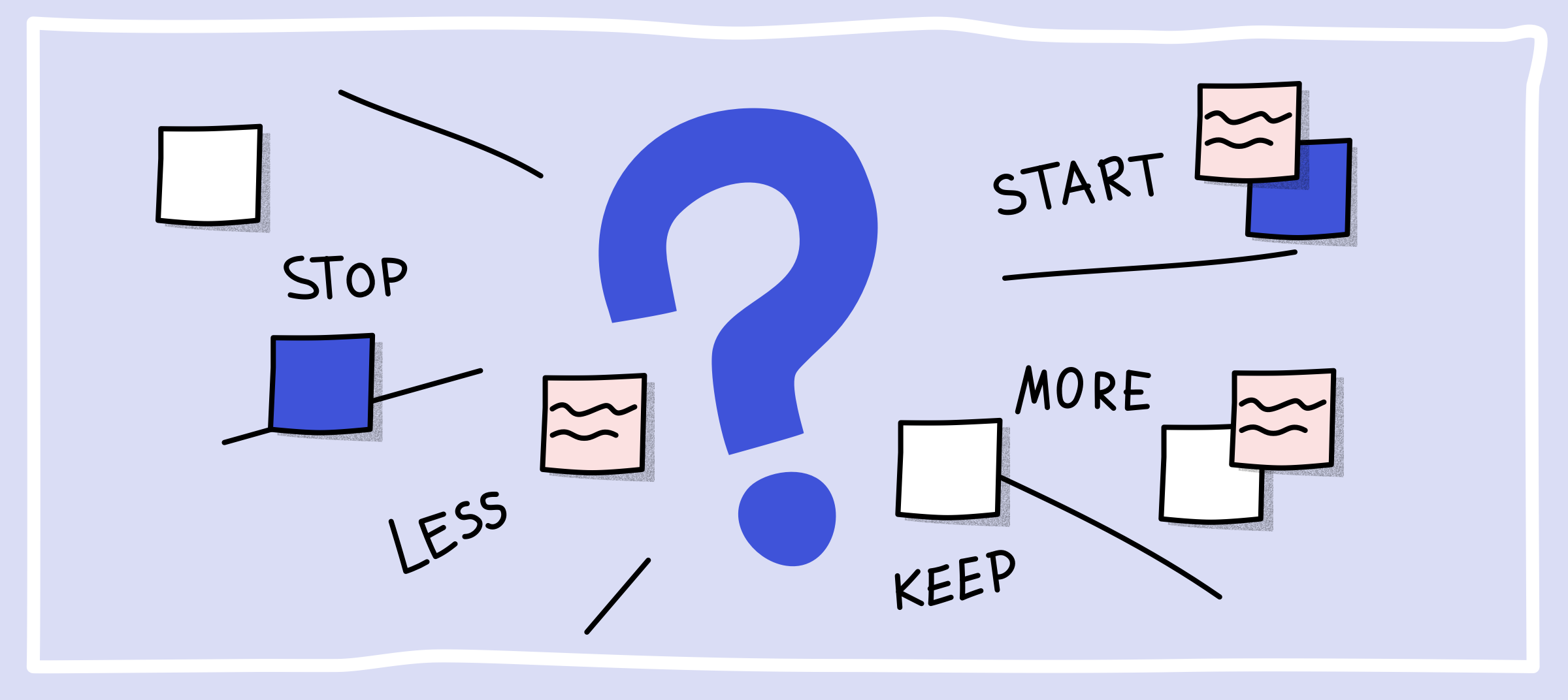The Benefits of Holding a Sprint Retrospective After Every Scrum Sprint
Holding a Sprint Retrospective after every Scrum Sprint can have numerous benefits for teams, helping to improve the quality of their work and increase their overall effectiveness.
Here are some of the key benefits of holding a Sprint Retrospective:

- Encourages Continuous Improvement: The Sprint Retrospective provides teams with an opportunity to reflect on their work and identify areas for improvement. This helps foster a culture of continuous improvement, where teams are constantly looking for ways to improve their processes and workflows.
- Increases Transparency: The retrospective provides a transparent view of the team's performance, allowing team members to openly discuss what went well and what didn't. This helps identify issues that may not have been obvious and encourages team members to take ownership of their work.
- Promotes Collaboration: The retrospective is a time for team members to come together and share their experiences and insights. This encourages collaboration and helps build trust among team members.
- Improves Communication: The retrospective is an opportunity for team members to discuss any challenges or roadblocks they faced during the Sprint. This improves communication, helping to identify and resolve issues in a timely manner.
- Increases Engagement: By actively participating in the retrospective, team members feel more engaged and valued. This helps ensure that everyone feels heard and that their ideas are considered.
- Facilitates Adaptation: The retrospective provides teams with an opportunity to adapt their processes and workflows in response to changing circumstances. This helps teams respond to changing requirements and remain effective over time.
In conclusion, holding a Sprint Retrospective after every Scrum Sprint provides teams with numerous benefits, including encouraging continuous improvement, increasing transparency, promoting collaboration, improving communication, increasing engagement, and facilitating adaptation. By incorporating this process into their work, teams can work more effectively, improve the quality of their work, and increase their overall effectiveness.
